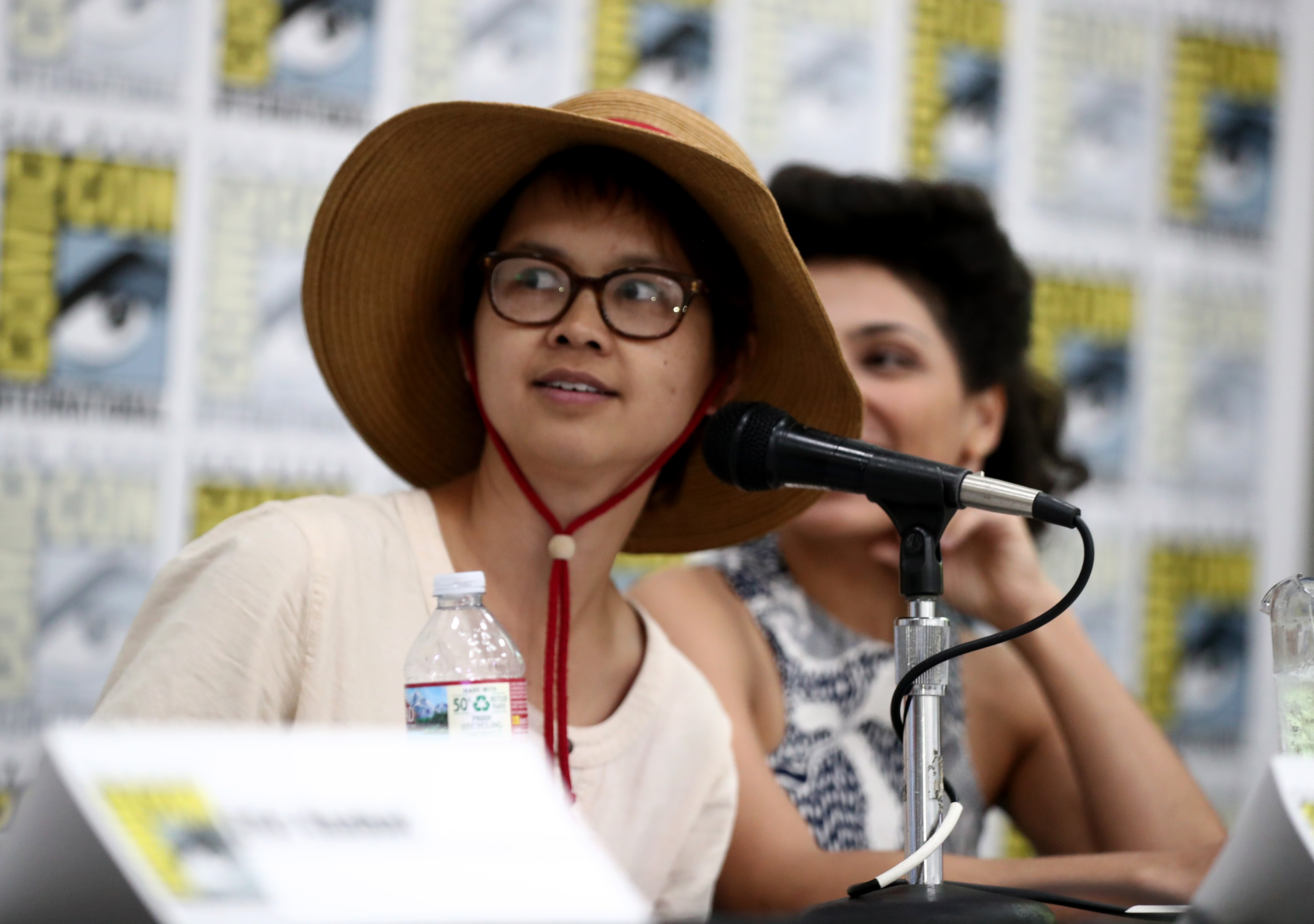A couple of months ago, I was sitting at a bar minding my own business when the woman next to me did something strange. Surrounded by potential partners, she pulled out her phone, hid it coyly beneath the counter, and opened the online dating app Tinder. On her screen, images of men appeared and then disappeared to the left and right, depending on the direction in which she wiped.
I felt a deep sense a rejection — not personally, but on behalf of everyone at the bar. Instead of interacting with the people around her, she chose to search for a companion elsewhere online.
Of course, others have worried about these sorts of questions before. But the fear that online dating is changing us, collectively, that it’s creating unhealthy habits and preferences that aren’t in our best interests, is being driven more by paranoia than it is by actual facts.
“There are a lot of theories out there about how online dating is bad for us,” Michael Rosenfeld, a sociologist at Stanford who has been conducting a long-running study of online dating, told me the other day. “And mostly they’re pretty unfounded.”
They are important today – roughly one of every four straight couples now meet on the Internet. (For gay couples, it’s more like two out of every three). The apps have been surprisingly successful — and in ways many people would not expect.
In fact, by several measures, online dating has proved even more useful – both to individuals and society – than the traditional avenues it has replaced.
I wondered to myself, is this what online dating has done to us?
I spoke with Rosenfeld to hear more about his research, to learn about the ways in which the rise of online dating is defining modern love, and to talk about the biggest misconceptions people have about online dating. The interview has been edited for length and clarity.
You have one of the most unique data sets about modern romance. What have you learned about how people date today?
Well, one of the first things you have to know to understand how dating – or really courtship rituals, since  not everyone calls it dating – has changed over time is that the age of atically over time. People used to marry in their early 20s, which meant that most dating that was done, or most courting that was done, was done with the intention of settling down right away. And that’s not the life that young people lead anymore. The age of first marriage is now in the late twenties, and more people in their 30s and even 40s are deciding not to settle down.
not everyone calls it dating – has changed over time is that the age of atically over time. People used to marry in their early 20s, which meant that most dating that was done, or most courting that was done, was done with the intention of settling down right away. And that’s not the life that young people lead anymore. The age of first marriage is now in the late twenties, and more people in their 30s and even 40s are deciding not to settle down.
Rosenfeld, who has been keeping tabs on the dating lives of more than 3,000 people, has gleaned many insights about the growing role of apps like Tinder
The rise of phone apps and online dating websites gives people access to more potential partners than they could meet at work or in the neighborhood. It makes it easier for someone who is looking for something very specific in a partner to find what they are looking for. It also helps the people who use the apps by allowing them to enjoy a pattern of regular hookups that don’t have to lead to relationships. I think these things are definitely characteristic of modern romance.
Part of what you have uncovered during your research is how drastic the rise of online dating has been. That’s something not everyone thinks this is a good thing. Why are many people skeptical?


